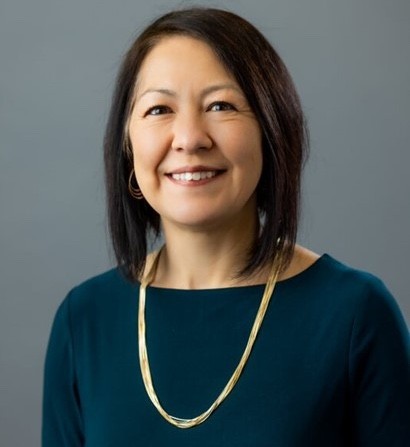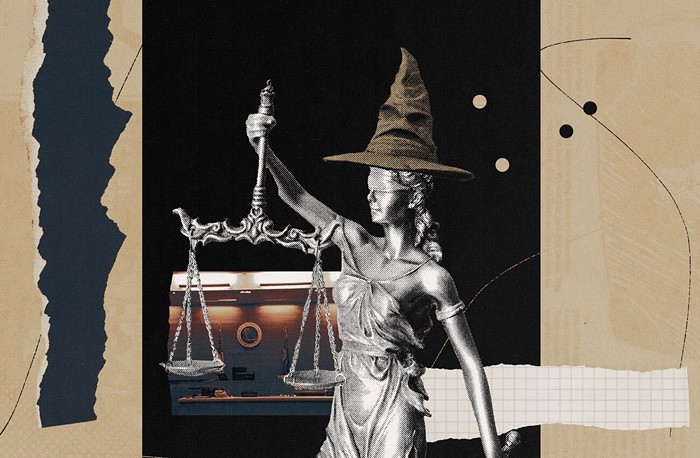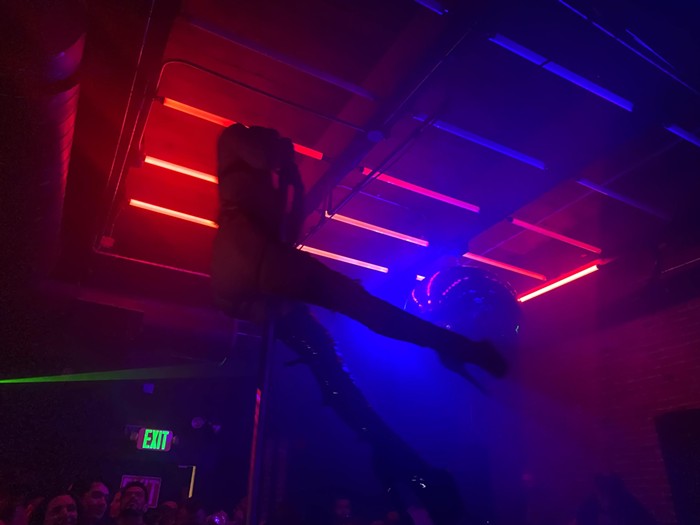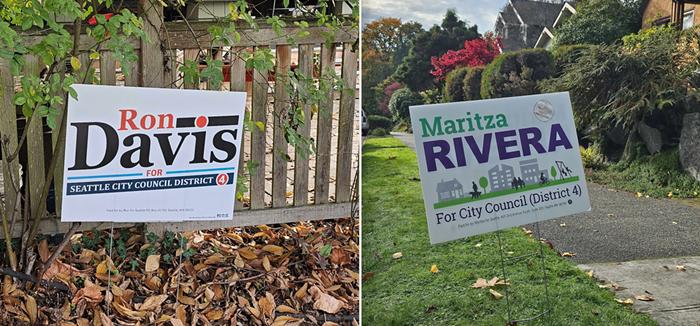About 150 people drove, bused, or braved South Seattle's nearly nonexistent bike network to check out the city's updated Bicycle Master Plan at the Rainier Community Center on Thursday, December 7. Some wore cleats in defiance of the community center's apparent ban (bright yellow signs shouting "NO CLEATS!" were all over the place), and several kept their bike helmets on for the duration of the three-hour meeting, at which the city announced some good and bad news for bikers in South Seattle.
First came the good news for cyclists: more bike "facilities" (a catchall term for bike lanes, shared-lane markings, climbing lanes, bike boulevards, trails, etc.) everywhere—a total of 274 miles of Seattle's arterial streets. That means bike lanes and markings on 58 percent of the city's arterials, compared to a paltry 5 percent today. The city and its consultant, Toole Design, plan to get to that level by adding bike lanes on wider streets, putting roads on "diets" by reducing the width of lanes for cars, paving road shoulders, and removing parking, among other improvements. One cool proposal was to mark bike lanes with diagonal stripes indicating the "door zone"—the area where car doors are a threat to cyclists. Also on the list for improvements: the scary Second Avenue bike lane downtown; roads that parallel Aurora; and connections between bike trails.
Now the bad news: The bike plan includes few major improvements for South Seattle, particularly Rainier Valley—just one new bike lane in Beacon Hill, new striping along Beacon Avenue South, and improvements to the Chief Sealth Trail through Beacon Hill. That left some cyclists—many who could be seen struggling through the traffic on Rainier Avenue South before the meeting, cars zooming by at more than 40 miles an hour—asking why there weren't more improvements for that corridor. The city's "action-recommendations" map shows both Rainier Avenue South and Martin Luther King Jr. Way South marked "Improvement needed, but unknown." Georgetown, too, gets the shaft: A planned bike lane on Airport Way South was jettisoned when industrial businesses objected to the mingling of bikes and large trucks ["In Other News," Nov. 23]. Georgetown residents and business owners have said they will fight to get Airport Way South added back to the bike plan. The omission of improvements to so many obvious South End trouble spots is particularly jarring when contrasted with the improvements residents requested in previous public meetings, which included bike lanes on Rainier Avenue South, Airport Way South, and MLK.
One reason is that, back when Paul Schell was mayor, the city opted not to add any new bike facilities as part of a package of light-rail-related improvements on MLK. Although the city did debate converting two lanes of traffic on MLK into bike lanes, the idea was politically unpopular; adding bike lanes outside the four traffic lanes would require dozens of additional property takings. Now it's too late for any more light-rail-related takings on MLK. "I'm the messenger here to give you the disappointing news," Peter Lagerway, the city's bike coordinator, told the audience, explaining that neither Rainier Avenue South nor MLK will be better for cyclists under the plan. "It was pursued very vigorously, if that's any consolation." For South End cyclists who struggle down MLK or Rainier Avenue South, rather than taking Lake Washington Boulevard (which is quieter but more remote) or the Chief Sealth Trail (which is far to the west of Rainier Valley), it probably wasn't. 


















